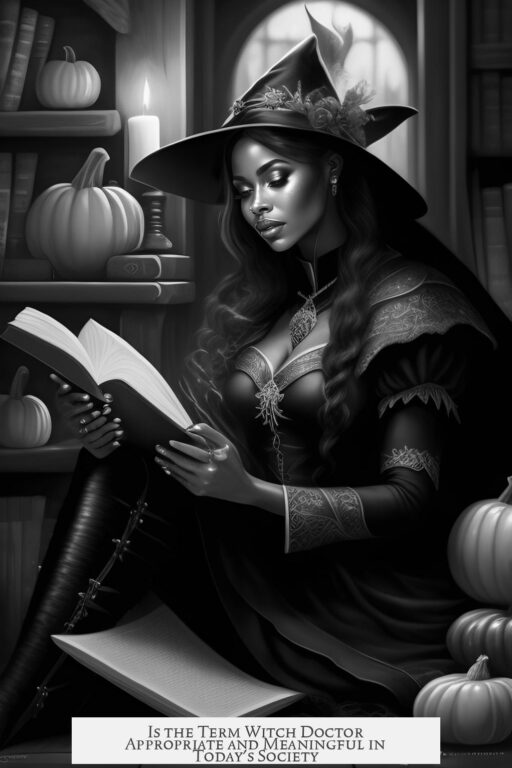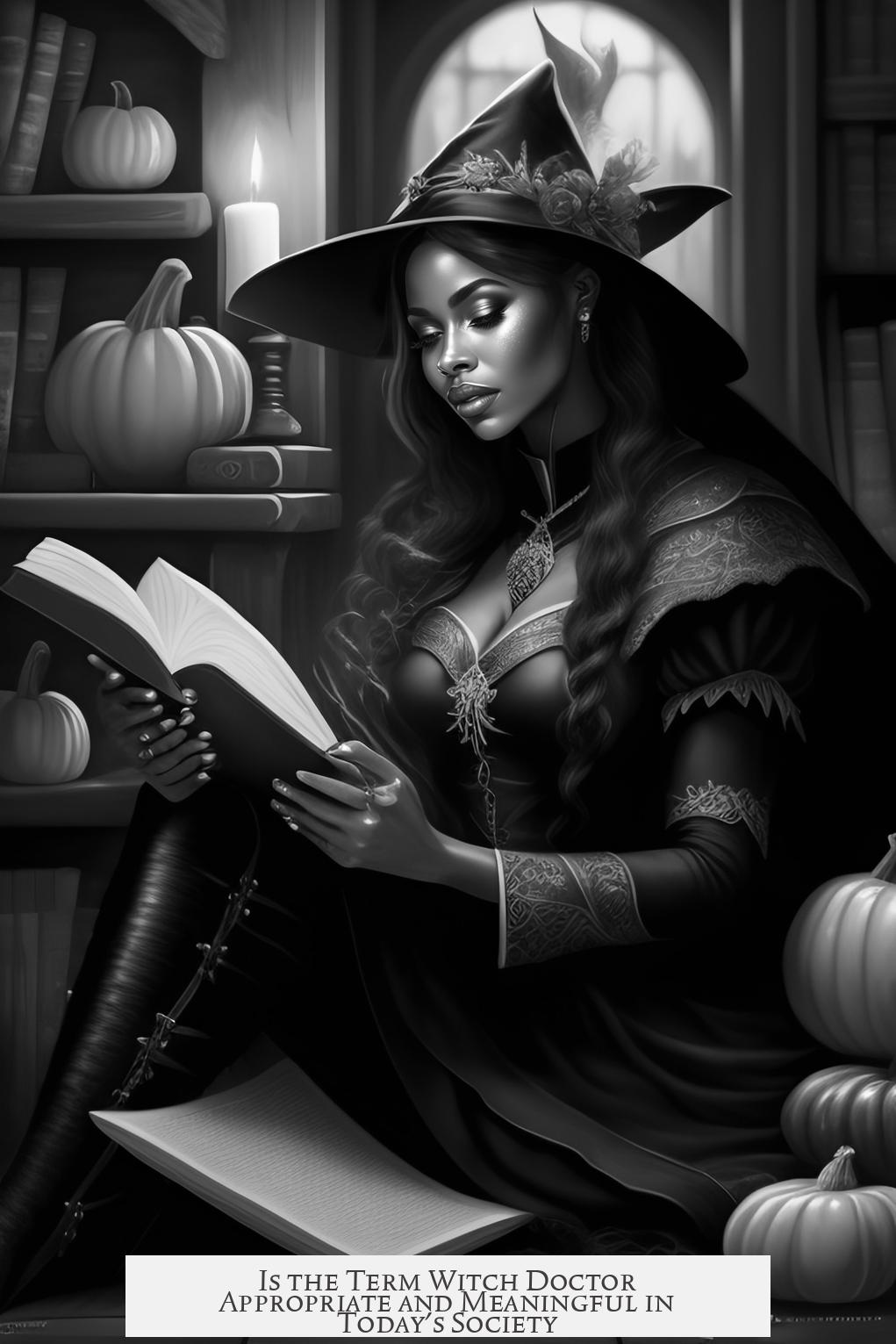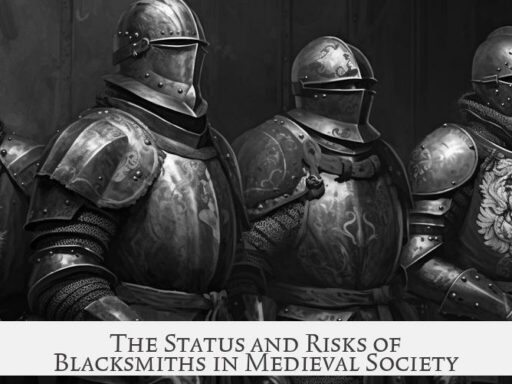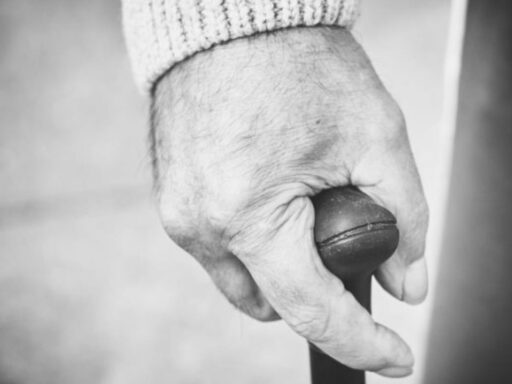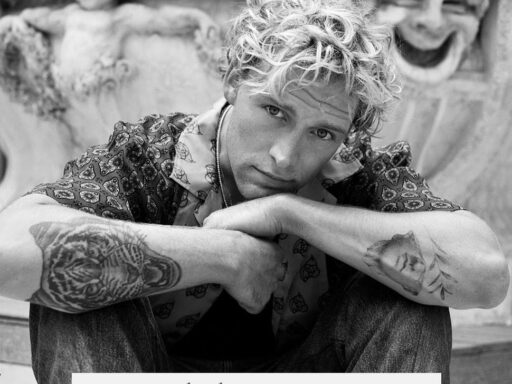The term “witch doctor” is not appropriate and lacks meaningful accuracy when describing traditional healers, especially those in African cultures. It arose as a derogatory label imposed by European colonials, steeped in racist views that dismissed indigenous medical and spiritual practices. More respectful and precise terms like “Sangoma” in South Africa or “N’anga” in Zimbabwe better represent these roles.
European colonizers coined “witch doctor” to devalue African healers. They saw African societies as primitive and inferior, asserting that Western science, enlightenment, and Christianity were the only valid means of knowledge. This dismissive attitude justified the theft of resources and cultural suppression, denying the legitimacy of local healing systems.
Traditional healers are experts in cultural and spiritual practices. They hold roles fundamentally different from Western-trained medical doctors. For example, Sangomas serve as intermediaries between the living and ancestral spirits. They may perform rituals, communicate with ancestors, and engage in mystical practices.
Apart from spiritual mediation, Sangomas also practice herbal medicine. Their duties include preparing herbal remedies and conducting rituals believed to influence health and wellbeing. Psychological elements such as love potions or curses, often considered superstition by outsiders, serve important social and mental functions in their communities.
Many traditional healers report being “called” to their vocation. This calling can manifest as physical and mental ailments, which conventional medicine often struggles to diagnose or treat. Submission to traditional training usually resolves these issues, indicating a deep cultural and spiritual dimension to health conditions that Western models do not fully encompass.
Similar patterns of spiritual calling and healing roles appear worldwide. Native American shamans and Korean shamanistic practitioners share comparable systems where illness and wellbeing connect to spiritual states and ancestral realms.
Historical anthropological studies, such as E. E. Evans-Pritchard’s “Witchcraft, Oracles and Magic among the Azande,” provide context on how belief in witchcraft shaped social rituals. The Azande used magical practices to explain misfortune and investigate wrongdoing. The person termed “witch doctor” by outsiders was actually a ritual specialist who performed diagnostic rites, like examining chicken entrails, to reveal harmful witches.
Evans-Pritchard’s work reveals the social complexity behind what outsiders simplistically called witchcraft. Witch-hunting was embedded in social order, and accusations often reflected underlying class and power dynamics. This complexity starkly contrasts with the derogatory, simplistic labeling suggested by “witch doctor.”
In summary:
- “Witch doctor” is a colonial, racist term with derogatory intent and should be avoided.
- Appropriate terms such as “Sangoma” or “N’anga” recognize cultural heritage and the spiritual dimension of traditional healing.
- Traditional healers combine herbal medicine with spiritual practices and social roles distinct from Western doctors.
- Being called to heal is a significant cultural experience tied to identity and health, often beyond Western medical understanding.
- Anthropological work highlights the richness of indigenous belief systems and their social significance, which “witch doctor” overlooks.
Is the Term Witch Doctor Appropriate and Meaningful?
Short answer: The term witch doctor is neither appropriate nor meaningful in a respectful, modern context. It carries a heavy baggage of racism and colonialism and oversimplifies complex and rich indigenous healing traditions.
Let’s dig into why that is. The phrase “witch doctor” sparks some images: spooky rituals, magic potions, maybe even a wizard with a staff. But this idea is a gross misrepresentation and mockery of real traditional healers, especially in southern Africa. The term was born out of ignorance and exploitation.
European colonials coined the label “witch doctor” during their conquests in Africa. It was anything but a neutral term. These colonizers believed Africans were “lesser” and needed their so-called “enlightened” science and Christianity to be “saved.” Recognizing African expertise in healing systems just didn’t fit their narrative. So, the indigenous practitioners were dismissed and dehumanized under the pejorative label “witch doctors.”
Imagine trying to learn from someone you assume to be an inferior and using a nickname meant to discredit them. Not very constructive, right? Colonial powers were busy stealing resources and destroying cultures—they definitely weren’t interested in expanding medical knowledge by engaging respectfully with native traditions.
So what’s a better way to say it? In Southern Africa, where many of these healing traditions thrive, the proper terms are Sangoma (in South Africa) or N’anga (in Zimbabwe). These words carry respect and properly describe the important cultural and spiritual roles these traditional healers play.
A Sangoma is not your run-of-the-mill doctor. They operate on a spiritual plane, bridging this world and the ancestral realm. While some Sangomas have scientific medical training, their role is mystical and profoundly tied to community, spirituality, and herbal medicine.
Take Zimbabwe, for example. There, N’angas are called upon to summon rain—an act wrapped in ritual and tradition. They also handle love potions, curses, and psychological healing—all integrated with herbal remedies handed down through generations.
Here’s a fascinating bit: some people are “called” to become Sangomas. This isn’t just a fancy job offer; it’s a spiritual summons. Refusing the call often leads to physical and mental symptoms—depression, stomach pain, general malaise—that Western medicine frequently can’t explain. This suggests that healing and well-being in these traditions merge body, mind, and spirit in ways biomedicine struggles to grasp fully.
Similar phenomena occur in various indigenous cultures worldwide. Native American spiritual healers and South Korean shamanistic practitioners experience comparable “callings.” It’s a testament to how diverse and deep human healing practices go beyond modern medicine’s purview.
To understand why the term “witch doctor” is misleading, consider the ethnographic work of E. E. Evans-Pritchard in the 1930s among the Azande people of Sudan. His book, Witchcraft, Oracles and Magic among the Azande, reveals how witchcraft is embedded in social rituals and beliefs rather than random superstition.
The Azande believe that misfortunes often stem from the actions of witches who use malicious magic. Their “witch doctor,” through ritual sacrifices like examining chicken entrails, seeks answers: “Did so-and-so cause harm?” If confirmed, measures are taken socially, such as confronting the alleged witch.
Evans-Pritchard likens witchcraft to a gun with an effective range, meaning magical harm is contextually tied to relationships and proximity. This level of complexity is completely lost when indigenous healers get dismissed under the term “witch doctor.”
Can you see now why the term is not just “old-fashioned” but harmful? It flattens rich, sophisticated systems of knowledge and practice into an exotic caricature. It erases the sacred, social, and botanical wisdom these healers hold.
So what should you say instead? Use culturally respectful terms such as Sangoma or N’anga where appropriate. When discussing traditional healers generically, “traditional healers” is widely accepted and better conveys the role without derogation.
Respectful language is more than semantics—it acknowledges the value of diverse medical systems and honors cultural identities. Plus, it opens doors for meaningful dialogue between biomedicine and traditional healing.
Here’s a food for thought: Are we ready to move beyond colonial legacies and embrace a broader, inclusive view of health and healing? Recognizing the depth and validity of indigenous traditions doesn’t diminish modern medicine; it enriches it.
In conclusion, the term “witch doctor” is inappropriate and laden with colonial prejudice. It fails to honor the diversity and profundity of traditional healing roles. Embrace respectful terminology, appreciate cultural contexts, and you’ll have a richer understanding of the world’s healing practices.
Is the term “witch doctor” considered offensive?
Yes. The term originated from European colonials who used it derogatorily. It implies a racist view that dismissed African medical practices as primitive.
What terms should be used instead of “witch doctor” in Southern Africa?
The correct terms are “Sangoma” in South Africa or “N’anga” in Zimbabwe. “Traditional healer” is also widely accepted and more respectful.
How does the role of a Sangoma differ from a Western medical doctor?
A Sangoma connects with ancestors and practices mystical rituals. Their role includes healing with herbs and spiritual work, which is distinct from Western medicine.
Can a person avoid becoming a Sangoma if they are called?
Some resist the calling and suffer from unexplained illnesses. Western medicine often cannot treat this, and submission to Sangoma training is believed necessary for healing.
What was the function of a witch doctor among the Azande people?
The witch doctor used rituals like examining chicken entrails to detect witches causing harm. This served social and judicial purposes within their community.
